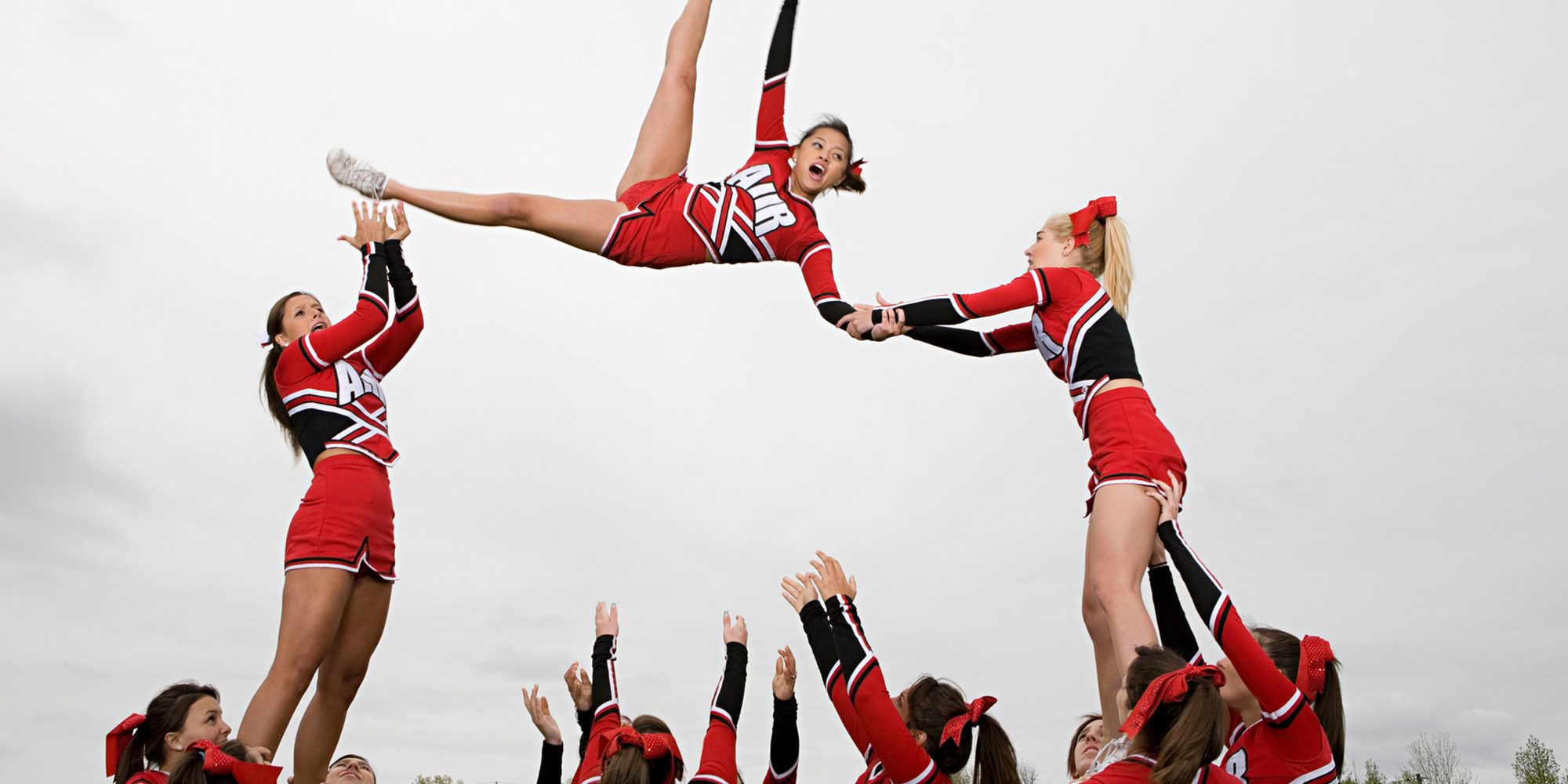As Cheerleading Evolves, Injuries Continue to Rise

The controversy over whether cheerleading should be classified as a sport or an activity is ongoing. One thing that is not disputed is that cheerleaders are athletes with athletic injuries.
Cheerleading first became prominent in the late 19th century in Ivy League schools. In the 1920s, it became more common in other universities. Interestingly, it was a male-dominated activity until the 1940s when many men had enlisted in the military.
The two venues today for cheerleading are scholastic, where the emphasis is placed on energizing the crowd for a sporting event, and competitive, consisting of cheerleading squads that compete in front of judges for points.
The basic cheerleading skills include tumbling, jumping and stunting. Stunting involves complex formations of team members and airborne acrobatics. As cheerleading has evolved, it is stunting that has gained the most attention.
The participants in stunting are classified as “base” and “flyers.”
Several recent publications have looked at the most dangerous youth sports. Cheerleading is on all these lists and considered the most dangerous in a report published by the National Center for Catastrophic Sports Injury Research.
Lower extremity injuries are the most common and include sprains and strains. The most catastrophic injuries involve the brain and spinal cord in the form of traumatic brain injuries and spinal injuries that result in temporary or permanent paralysis.
These injuries have been on the rise due to the growing popularity of cheerleading and the increasing complexity of the stunts being performed.
The American Academy of Pediatrics has called for changes to make cheerleading safer. Among these is the need for coaches at all levels to be properly trained and certified to direct stunting maneuvers and be able to recognize head injuries.
Parents should not be shy about inquiring about any coach’s credentials when it comes to their child’s safety.
